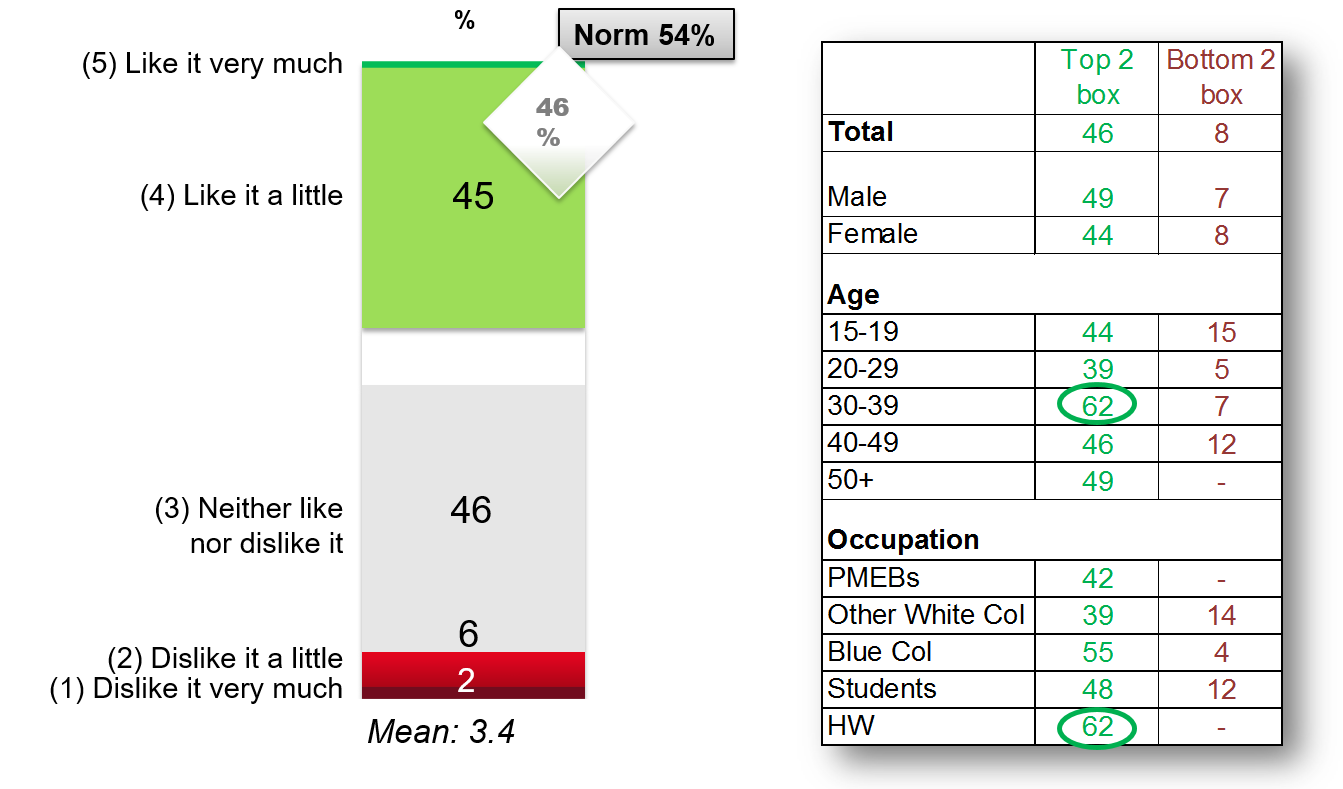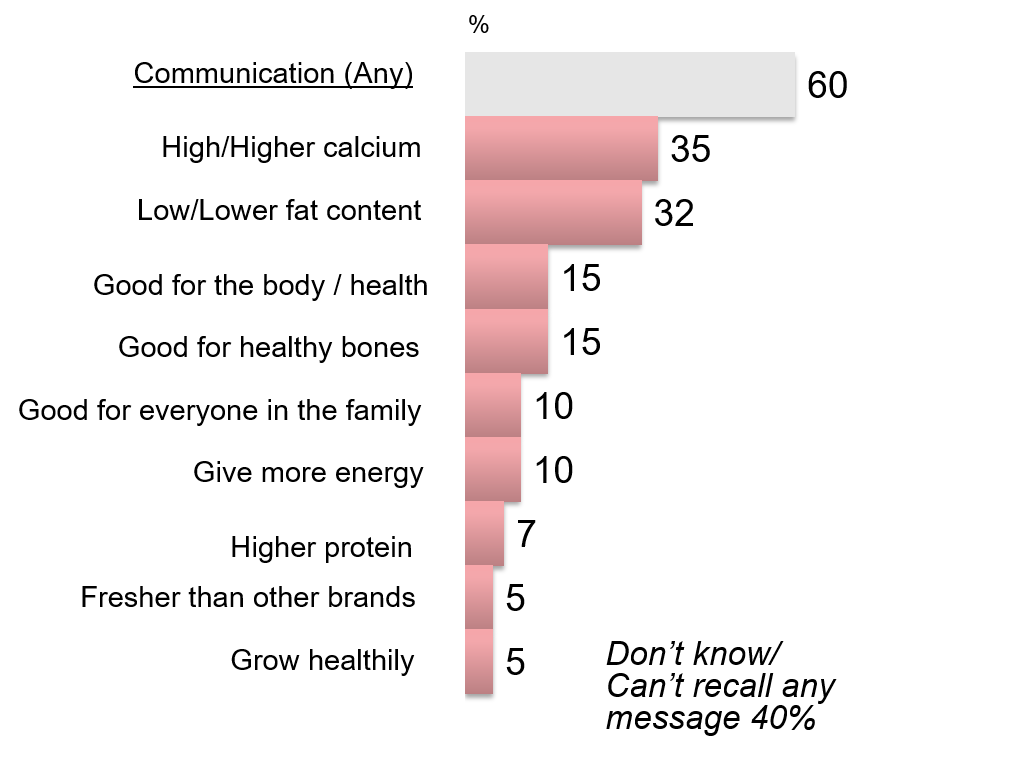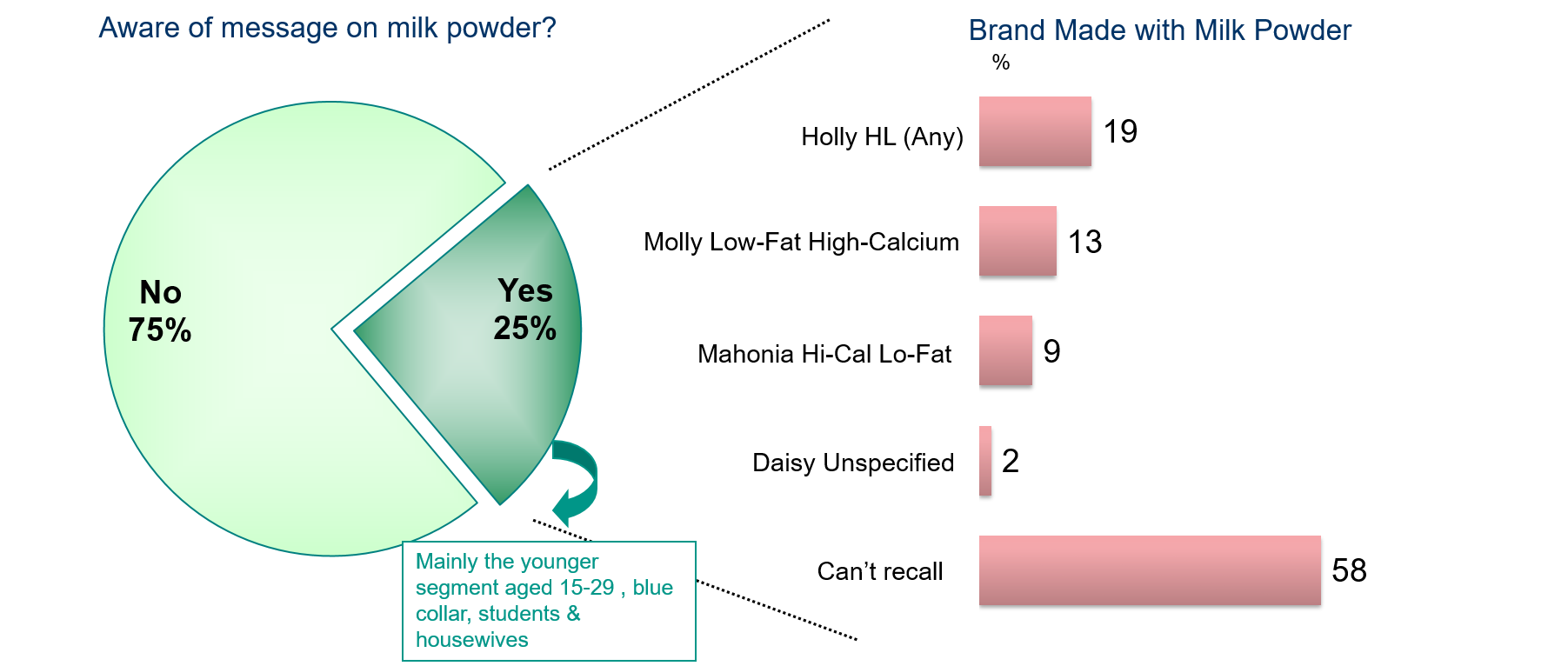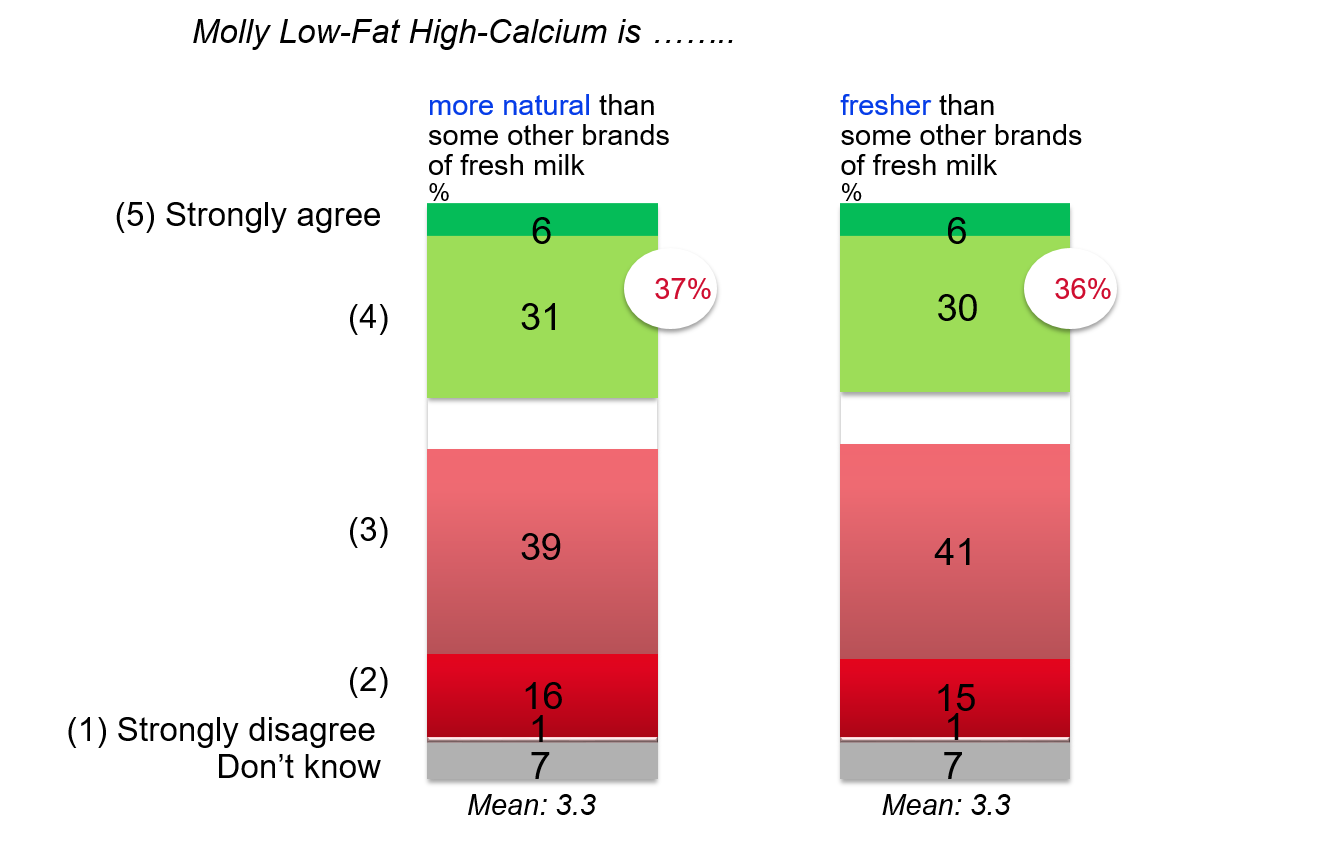-
Advertising Analytics
Advertising Analytics
Audience Measurement
OTT Services
Internet Protocol TV
Return Path Data
Viewer Analytics
Gross Rating Points
Digital Audience Measurement
Total Audience Measurement
Copy Testing
Testing Advertising Online
Advertising Tracking
Continuous vs. Dipstick
Tracking Questionnaire
Advertising Engagement
Behavioural Engagement
YouTube Analytics
Attitudinal Engagement
Branded Memorability
Persuasion
Uniqueness
Likeability
Image and Symbolism
Involvement
Communication
Emotion
Case — Molly LFHC
Awareness Index Model
- How Advertising Works
- Advertising Analytics
- Packaging
- Biometrics
- Marketing Education
- Is Marketing Education Fluffy and Weak?
- How to Choose the Right Marketing Simulator
- Self-Learners: Experiential Learning to Adapt to the New Age of Marketing
- Negotiation Skills Training for Retailers, Marketers, Trade Marketers and Category Managers
- Simulators becoming essential Training Platforms
- What they SHOULD TEACH at Business Schools
- Experiential Learning through Marketing Simulators
-
MarketingMind
Advertising Analytics
Advertising Analytics
Audience Measurement
OTT Services
Internet Protocol TV
Return Path Data
Viewer Analytics
Gross Rating Points
Digital Audience Measurement
Total Audience Measurement
Copy Testing
Testing Advertising Online
Advertising Tracking
Continuous vs. Dipstick
Tracking Questionnaire
Advertising Engagement
Behavioural Engagement
YouTube Analytics
Attitudinal Engagement
Branded Memorability
Persuasion
Uniqueness
Likeability
Image and Symbolism
Involvement
Communication
Emotion
Case — Molly LFHC
Awareness Index Model
- How Advertising Works
- Advertising Analytics
- Packaging
- Biometrics
- Marketing Education
- Is Marketing Education Fluffy and Weak?
- How to Choose the Right Marketing Simulator
- Self-Learners: Experiential Learning to Adapt to the New Age of Marketing
- Negotiation Skills Training for Retailers, Marketers, Trade Marketers and Category Managers
- Simulators becoming essential Training Platforms
- What they SHOULD TEACH at Business Schools
- Experiential Learning through Marketing Simulators
Case — Molly Low-Fat Hi-Calcium

Exhibit 13.12 Telepic of Molly LFHC’s advertisement. This tactical campaign is saying that Molly LFHC is fresh milk, whereas Holly HL is recombined milk.
Depending on the way it is treated, milk found in supermarkets can broadly be categorized as UHT (ultra-heat treated), pasteurized or recombined.
Ultra-heat treatment sterilizes the milk by heating it above 135 °C (275 °F) — the temperature required to kill spores in milk — for 1 to 2 seconds. However, due the high temperature, the milk loses some nutritional value.
Pasteurized milk, also referred to as fresh milk, is heated at relatively lower temperatures and for longer periods. Unlike sterilization, pasteurization does not kill all microorganisms in the food. It reduces the number of viable pathogens, so they are unlikely to cause disease.
Recombined milk is obtained by adding water to skim milk powder and adding milk fat separately such that the desired fat content is achieved. Recombined milk does not taste as good as fresh milk, and it has slightly lesser nutritional value. It is one of the preferred options in territories where there are no dairy farms, and where milk is imported from long distances.
This case example features a major liquid milk brand called Molly, which launched a low-fat high-calcium variant known as Molly LFHC. To promote this new product, Molly developed a tactical advertising campaign that aired on several online platforms and on TV. The campaign aimed to raise awareness of the low-fat high-calcium variant and communicate that it was fresh and natural, unlike the leading brand, Holly HL, which was made from recombined milk.
The desired consumer response from the campaign was twofold: first, to create the perception that Molly LFHC was superior to Holly HL due to its fresh and natural attributes, and second, to trigger consumers to switch from Holly HL to Molly LFHC. If successful in cannibalizing Holly HL’s 40% market volume, Molly LFHC stood to gain substantially.
Exhibit 13.12 shows a telepic of the commercial in question. The commercial was aired on television over a 3-week period, with a total of 420 gross rating points (GRPs) during that time.
The online ad generated only a meagre 220 views, and no “likes” or “dislikes”. Holly’s online commercial, on the other hand, had achieved about 15,500 views, and triggered 15 “likes”.
Note that for a mass market product, this level of engagement is not significant, even for a relatively small geographical territory. To generate higher reach and frequency, these brands needed to rely on conventional television advertising.
To assess the effectiveness of the advertisement, a research study was conducted. Exhibits 13.13 to 13.20 depict the key findings from this study, providing valuable insights into whether the ad was achieving its desired objectives.
Findings and Conclusions
As can be seen from Exhibit 13.13, the campaign failed to generate salience. Advertising awareness for Molly Low-Fat High-Calcium was only 3% top of mind, and 5% spontaneous.
The most likely reasons for a campaign to fail to generate salience are:
- Low GRPs. This was not the case for Molly LFHC.
- Weak brand recognition. Viewers are unable to recognize the brand that is advertised.
- Lack of involvement. The advertisement lacks creativity and is unable to generate interest, in which case viewers are unlikely to remember it.
Assessment of brand recognition was based on the commercial’s telepic (Exhibit 13.12) which was presented unbranded to respondents, i.e., the brand name and logo is removed from all the frames comprising the telepic.
Exhibit 13.14 reveals that brand recognition was weak, with only 23% of respondents who claimed to have seen the commercial correctly identifying the brand. This is well below the industry norm of 54%. Additionally, a concerning 26% of respondents thought the telepic pertained to the competing brand, Holly.
Further analysis helped to diagnose the major factors contributing to the ad’s poor performance. Exhibit 13.15 shows that disposition towards the advertisement was relatively weak, with only 46% of respondents reporting that they liked it, compared to the industry norm of 54%. Additionally, only 1% of respondents claimed to “very much like” the ad.
Exhibit 13.16 confirms that the commercial was not generating interest or engagement, as the spontaneous message recall was poor. 40% of respondents who claimed to have seen the ad could not recall any message, while the others mainly recalled generic aspects of liquid milk such as low fat, high calcium, and health benefits – all of which were also being advertised by Holly HL and other major brands in the market.
Of significance, none of the respondents referred to the primary message of the advertisement — that Holly HL is created by combining milk powder and water, whereas Molly LFHC is fresh milk. Furthermore, even when aided (Exhibit 13.17), only a mere 25% of the participants who reported seeing the ad acknowledged that the message conveyed was about certain brands of fresh milk being made with milk powder.
In addition, a high proportion of these respondents (58%) were unable to recollect the brand name of the recombined milk, while a considerable number incorrectly attributed the brand to another. What’s more, it is concerning to note that this group included 13% who wrongly believed that Molly was the brand of milk made from milk powder.
Overall, these findings suggest that the Molly LFHC advertisement was not registering in viewers’ minds. One may conclude that viewers did not pay much attention to the advertisement, which is usually the case for advertisements that fail to generate interest.
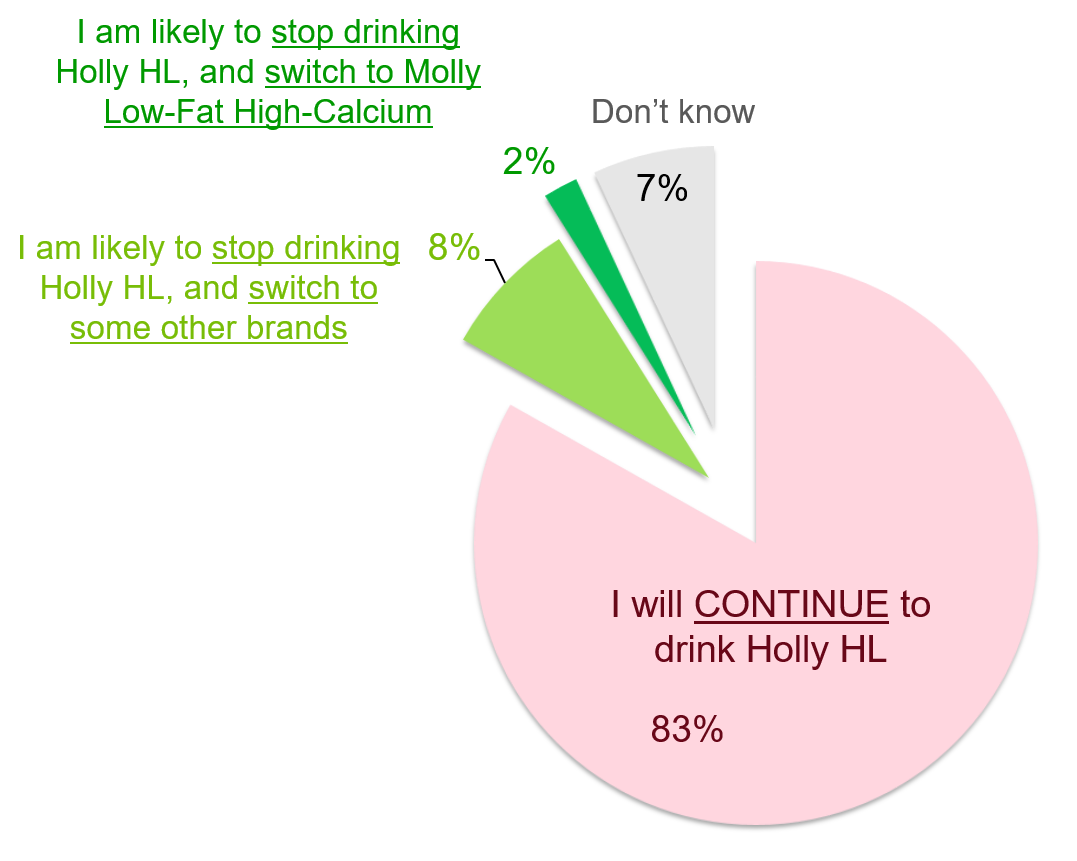
Exhibit 13.19 Claimed behavioural response after intended message of ad is explained. Base — Holly HL most often drinkers.
The objective of the question in Exhibit 13.19 was to comprehend the extent that the tactical approach might achieve the desired objective if the campaign could more effectively communicate the intended message.
The 2% who claimed “I am likely to stop drinking Holly HL, and switch to Molly Low-Fat High-Calcium” plus the 8% who claimed “I am likely to stop drinking Holly HL, and switch to some other brands” was quite significant. Molly LFHC could gain a share point if it cannibalized 2 to 3% of the 40% share of Holly HL’s market volume.
Though a percent point gain is significant for a small new brand, these findings should be viewed in the context that for such questions, respondents have the tendency to substantially overstate the extent to which their behaviour is likely to change.
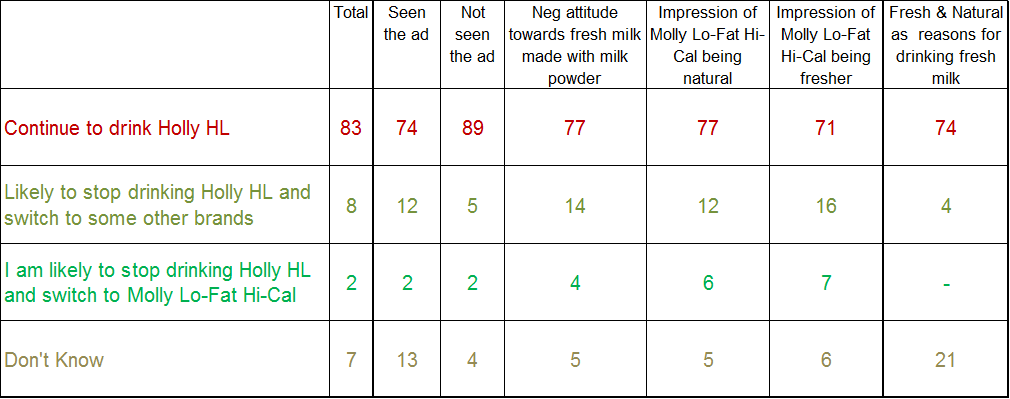
Exhibit 13.20 Claimed behavioural response after intended message of ad is explained. Base — Holly HL most often drinkers.
Exhibit 13.20, tells us that those respondents who believed Molly Low-Fat High-Calcium was natural and/or fresher had significantly greater inclination to switch to the new brand. For the tactical campaign to work, it was therefore important that these messages got through.
From Exhibit 13.18 we know that 37% of the respondents agreed that Molly LFHC was more natural than some other brands of fresh milk, and 36% agreed that it was fresher. These proportions will need to be substantially higher for the advertisement campaign to deliver on its core objectives.
Recommendations
The results of the study indicate that terminating the advertising campaign would be a prudent decision. The ad had low salience, with only 5% of respondents having spontaneous awareness of the campaign. Additionally, brand recall was only at 23%, which is concerning given the nature of the advertisement. The campaign was also ineffective in terms of comprehension, as there was no spontaneous recall of the intended message, and even aided recall was unclear and, in many instances, incorrect.
While the intended message did have some significance, with 10% of participants indicating a willingness to switch brands after being informed that Holly HL is made from milk powder, it is important to note that this figure may have been overstated. Furthermore, the proportion of respondents who claimed that they would switch specifically to Molly LFHC was only 2%, which is not significant enough to justify continuing with the current advertising strategy. Therefore, it is recommended that the current tactics used in the commercial be discontinued.
Previous Next
Use the Search Bar to find content on MarketingMind.
Contact | Privacy Statement | Disclaimer: Opinions and views expressed on www.ashokcharan.com are the author’s personal views, and do not represent the official views of the National University of Singapore (NUS) or the NUS Business School | © Copyright 2013-2026 www.ashokcharan.com. All Rights Reserved.



